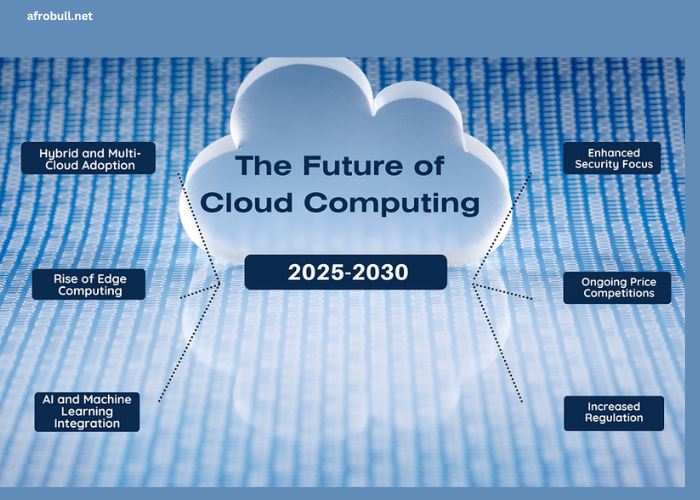Cloud computing has undergone a transformative journey since its inception, evolving from a niche technology to a cornerstone of modern IT infrastructure. By 2025, the landscape of cloud computing has shifted dramatically, driven by technological advancements, market demands, and an increasingly interconnected global economy. Let’s explore how cloud computing has evolved and its implications for businesses and individuals alike.
The Rise of Multi-Cloud and Hybrid Cloud Architectures
In 2025, multi-cloud and hybrid cloud strategies have become the norm rather than the exception. Organizations are leveraging the flexibility and resilience of combining multiple cloud providers and on-premises systems. This approach has allowed businesses to optimize costs, enhance redundancy, and adhere to regulatory requirements. The growth of multi-cloud management platforms and AI-driven orchestration tools has further simplified the complexities of managing diverse cloud environments.
Edge Computing and the Decentralization of Cloud
Edge computing has reshaped the cloud landscape by bringing computation and data storage closer to the sources of data generation. With the proliferation of IoT devices and real-time applications like autonomous vehicles and smart cities, edge computing has reduced latency and bandwidth usage. By 2025, edge computing has integrated seamlessly with traditional cloud services, creating a decentralized yet cohesive ecosystem that supports ultra-low latency applications.
The Dominance of AI-Driven Cloud Services
Artificial intelligence has become a pivotal force in cloud computing. Cloud providers in 2025 offer advanced AI-powered services that enable predictive analytics, automated operations, and enhanced cybersecurity. AI is also revolutionizing cloud-based development, with intelligent code generation tools and machine learning platforms becoming mainstream. These capabilities have empowered developers and businesses to innovate at an unprecedented pace.
Quantum Computing’s Integration with the Cloud
Although still in its early stages, quantum computing has begun to integrate with cloud platforms. By offering quantum computing as a service (QCaaS), providers are enabling organizations to experiment with quantum algorithms without the need for specialized hardware. This has unlocked new possibilities in fields like cryptography, drug discovery, and optimization problems.
Sustainability and Green Cloud Initiatives
Sustainability has become a critical focus in cloud computing. By 2025, major providers have invested heavily in renewable energy and carbon-neutral data centers. Innovations such as liquid cooling systems and AI-optimized resource allocation have significantly reduced the environmental impact of cloud infrastructure. Customers increasingly demand green cloud services, pushing providers to prioritize eco-friendly practices.
Enhanced Security and Compliance
With the increasing reliance on cloud services, security and compliance have remained top priorities. In 2025, cloud providers offer robust security measures such as homomorphic encryption, zero-trust architectures, and AI-driven threat detection. Regulatory compliance has also become more streamlined, with cloud platforms offering built-in compliance frameworks tailored to industries and regions.
The Democratization of Cloud Technologies
Cloud computing in 2025 is more accessible than ever, thanks to low-code and no-code platforms. These tools enable non-technical users to build and deploy applications without extensive programming knowledge. Additionally, pay-as-you-go models and competitive pricing have lowered the barriers to entry, making cloud services viable for startups and small businesses worldwide.
Conclusion
The evolution of cloud computing in 2025 reflects a broader trend toward interconnectedness, efficiency, and innovation. As technologies like AI, edge computing, and quantum computing continue to mature, the cloud will remain a critical enabler of digital transformation. For businesses and individuals, staying abreast of these developments will be key to harnessing the full potential of the cloud in this ever-evolving digital era.

